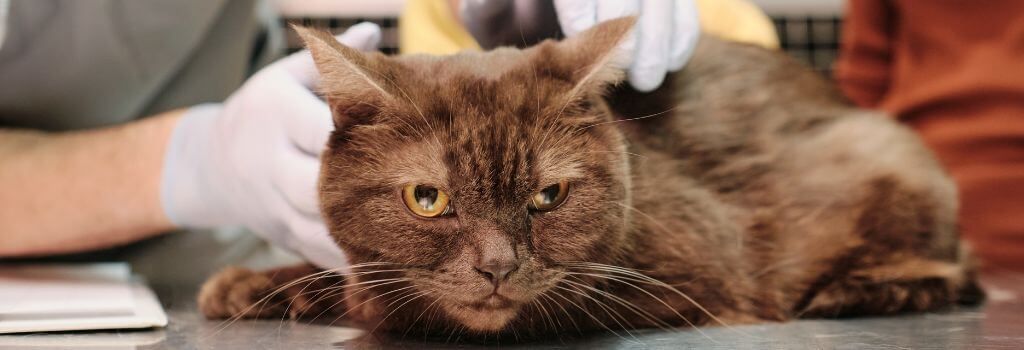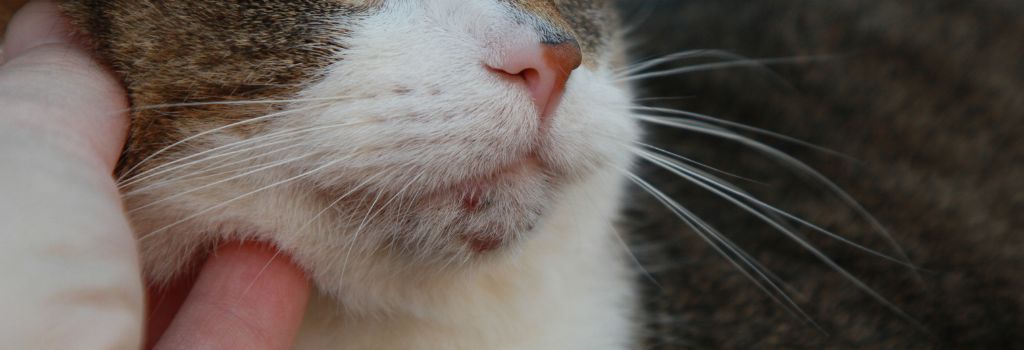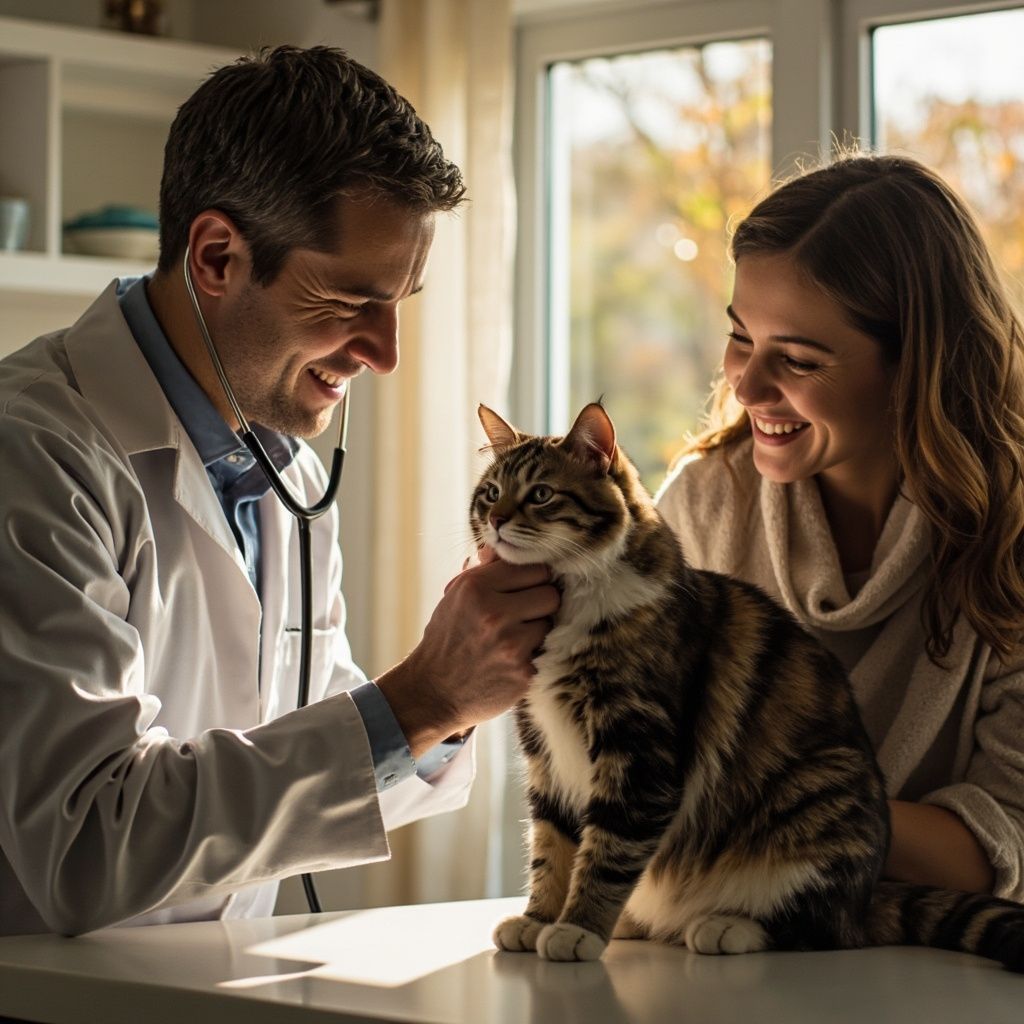Signs of Dog Cancer That You Should Never Ignore
Dogs are beloved members of our families, and much like we worry about the health of our children and significant others, we also worry about the health of our precious pups. Among the greatest medical fears of dog owners is the dreaded cancer diagnosis, and unfortunately, the statistics support that fear.
According to the National Cancer Institute via the AAHA , approximately 6 million dogs are diagnosed with cancer each year. Considering that not all dogs receive a definitive cancer diagnosis, the Veterinary Cancer Society estimates that 1 in 4 dogs will develop cancer at some point, and nearly 50% of dogs older than 10 will develop some form of cancer.
As veterinarians, we understand that a cancer diagnosis is devastating – but we also know that half of all canine cancers are curable if caught early enough, and treatment options are constantly evolving. There is power in knowledge, specifically in understanding the symptoms of the most common canine cancers.
What is Cancer?
At its most basic level, cancer is abnormal cell growth. Cancerous cells do not listen to the rest of the body and “do their own thing” by rapidly dividing and taking over the normal cells nearby. They can spread to other parts of the body, wreaking havoc on healthy tissue.
Top Canine Cancers and Their Common Symptoms
Dog owners know the daily habits, demeanor, physical characteristics, and behaviors unique to their dogs. They know how fast they eat, how many trips outside they need, when they like to play and how many naps they’ll take each day. Dog owners must be hypervigilant about any changes to their dog’s daily routines and physical appearance that could indicate early warning signs of cancer.
The following are the top 5 most common forms of canine cancer and the symptoms that each present with:
1. Lymphoma – Lymphoma accounts for 20% of all canine cancers, with dogs of any breed being 2-5 times more likely to develop lymphoma than humans. It often appears as swollen lymph nodes under the jaw, in front of the shoulders, or behind the knees. The swollen lymph nodes feel like firm lumps or masses under the skin but aren't typically painful when touched. These lymph nodes may also feel warm. When lymphoma attacks lymph nodes in the chest or abdomen, difficulty breathing, vomiting, and/or diarrhea are often the prevailing symptoms.
2. Mast Cell Tumors – These tumors typically form on the skin or under the skin and are considered “the great pretender” of canine tumors, as they can be mistaken as benign fatty lumps. Mast cell tumors are always malignant but can range in severity or grade. They tend to spread out quickly into the surrounding skin but typically do not cause the dog to be in pain until later stages. Dogs can develop more than one at a time on their body, so all masses should be examined. Mast cell tumors can also affect the internal organs such as the spleen and liver. They typically appear as a small, raised, hairless pink lump or soft squishy subcutaneous (under the skin) mass.
3. Osteosarcoma – A common bone cancer in dogs, osteosarcoma most often affects large dog breeds and typically attacks long bones in the limbs, but it can also affect the skull. It rapidly spreads to the lungs, lymph nodes, and other bones, with pet owners noticing swelling, lameness, and limb pain first.
4. Melanoma – The most common oral cancer in dogs, melanoma is most frequently found in breeds with dark tongues and gums. A malignant melanoma found in the oral cavity, which presents as a brown, black, or sometimes pink mass, has most often already spread throughout the body by the time it’s noticed. Dogs can also get melanoma on their toes which presents as a bulge or bleeding mass near the nailbed.
5. Hemangiosarcoma – A form of canine cancer that develops from cells that line the blood vessels; hemangiosarcoma attacks the spleen, liver, heart, and skin. Early symptoms may include a soft or firm swelling under the skin, weight loss, bulging belly, lethargy, and decreased appetite. Symptoms can be delayed in presenting themselves until the tumor ruptures, when blood loss, sudden weakness, pale gums, and labored breathing quickly presents in the dog.
Additional symptoms of canine cancers may include:
- Unexplained weight loss
- Coughing or exercise intolerance
- Lethargy
- Bleeding or discharge from any body opening
- Difficulty eating or swallowing
- Difficulty with urination or bowel movements
- Sores that will not heal
Keeping a watchful eye for any symptoms is paramount to your dog’s health and longevity. Any suspicion requires an immediate call to your vet, even if out of an abundance of caution.
Confirming a Cancer Diagnosis in Dogs
Oncology is a growing area of specialty in veterinary medicine, with oncologists being veterinarians who have completed additional training and are certified by the American College of Veterinary Internal Medicine ( ACVIM ) in oncology.
The following are the likely steps to be taken if cancer is suspected in your dogs:
Cytology – the process of withdrawing cells from the mass for examination under a microscope. This is an efficient way to understand basic information about the tumor, including if it’s benign or malignant. This is typically done without sedation in most pets.
Radiographs (x-rays) -- important to visualize the internal organs to screen for masses or fluid buildup.
Labwork -- important to assess for organ function and cell counts.
Biopsies – the process of taking a tissue sample to examine under a microscope. This step is necessary to confirm a cancer diagnosis. Biopsies require sedation or general anesthesia in most pets. Additional cytology or biopsies of other tissues, including lymph nodes, to determine if or how much the cancer has spread. Advanced imaging such as a CT scan, MRI, or PET scan may also be conducted to understand the tumor’s precise location and help determine the ideal treatment.
With daily obligations and busy schedules occupying our attention most days, we know that pet issues that arise can feel like an inconvenience. But it’s vitally important to your dog’s health and longevity that symptoms are not brushed aside – or worse, misdiagnosed by yourself or a quick Google search. Taking swift action is vital for canine cancers, and any vet would prefer you bring them in for an examination rather than “wait it out” and see if additional symptoms manifest. Unfortunately, waiting for those additional symptoms to present means the cancer has been given time to progress to more advanced stages.
If you suspect your dog may have cancer, please give us a call ! We know it's a scary time, but we are here to help.
Recent Posts










